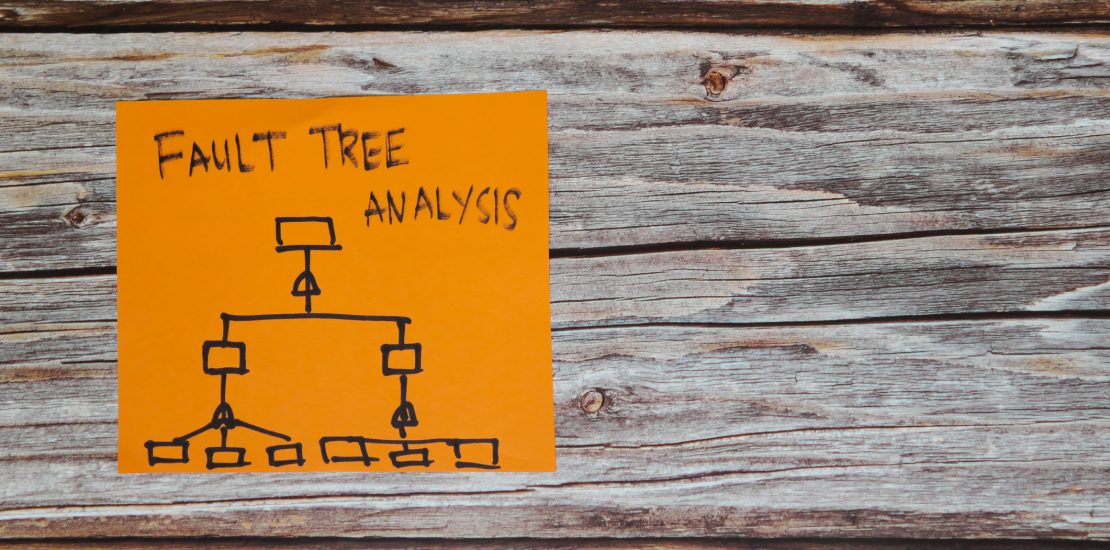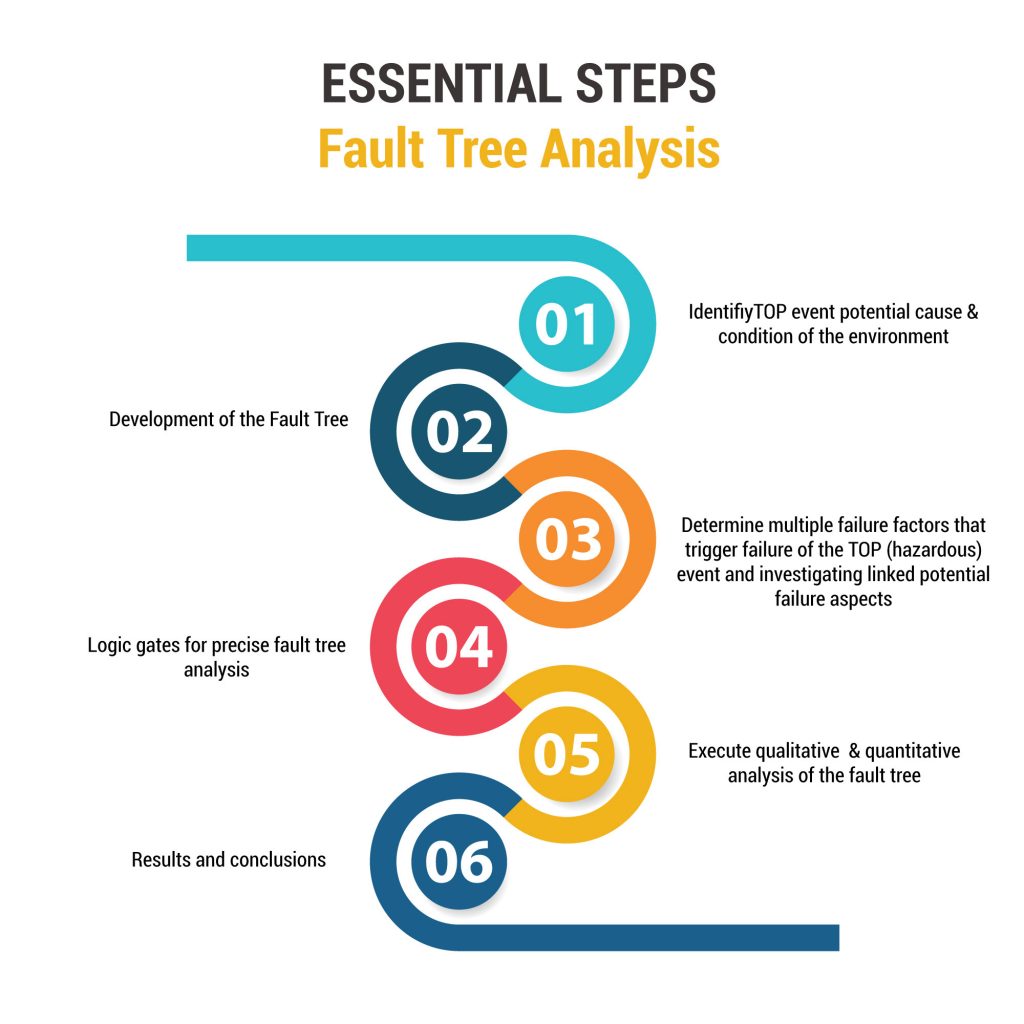Significance of RAM Study and Fault Tree Analysis (FTA)
- February 21, 2023
- Posted by: Velosi Author
- Categories: HSE, Insights

What is FTA (Fault Tree Analysis)?
Fault Tree Analysis is a method of identifying potential causes of a failure within an asset/system. To be precise, it is essential to study the reliability of assets/products/systems systematically. Having a look at its tree-like structure, FTA follows the to-bottom method of analysis; setting forth different types of failure consequences and occurrence ratios of the hazardous (TOP) event.
The main objective of FTA (fault tree analysis) is to identify and evaluate the root cause analysis of failures through a representation of the failure chain of events. Whether there may be single or multiple factors causing the failure.
RAM – Reliability, Availability, and Maintainability is proposed characteristics of a system or an asset. These specific parameters are used to optimize the asset’s overall life cycle (LCC) costs and to reduce waste, maximize ROI, and ultimately increase productivity over a lifetime. Definitely
Introduction to RAM Study
RAM study or analysis is conducted to manage assets and efficiently run the system with minimal cost and maximum productivity. Reliability, availability, and maintainability together these parameters play an imperative role in executing a successful conclusive analysis of a system or product/asset.
Reliability: This refers to the likelihood of a system operating without failure under specific environmental conditions. The reliability of an asset/system can be determined through RBDs (reliability block diagrams) and FTA (fault tree analysis).
Availability: This represents the percentage of time an asset/system was functionally available on demand and did not fail during this time.
Maintainability: This is the probability of assets operating efficiently after undergoing certain maintenance activities. Thus, maintenance activities such as active and reactive maintenance programs are also important for the reliability and availability of the equipment.
RAM study is a well-designed and properly implemented asset optimization strategy that reduces project costs significantly. RAM modeling has the competency to identify and investigate possible causes of production losses and examine various alternatives to a system/asset. Therefore, the RAM study provides additional insights for evaluating the cost-benefit ratio of a system.

RBD is a systematic method that identifies failure modes and investigates potential areas of poor reliability of an asset/system through the FMECA (failure mode, effects, and criticality analysis) approach, determining different areas of improvement. RBD reduces the system into simpler sub-components or blocks, which makes it easier to investigate accurate reliability formulas for RAM study analysis.
Dominant Features of Fault Tree Analysis
During a RAM (reliability, availability, and maintainability) study, fault tree analysis is paramount when it comes to systematically identifying and analyzing critical potential failures with an asset/system.
- Identifies potential failures
- Determines all potential causes of an unwanted/hazardous event
- Forms a systematic analysis from top to bottom
- Starts off with less complex to more complex details of the system
- A well-systematic structure, easy to understand
- Competent enough to identify potential defects in the design or functionality of an asset/system.
- Investigates deep maintenance defaults
- Determines and identifies a series of hazardous events with the TOP one.
- Investigates possible causes and occurrence ratio that would damage the system.
Please contact us for more information and assistance.



